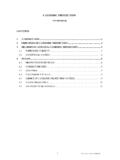Transcription of 1 Corrosion and Corrosion Protection - Wiley-VCH
1 1 corrosion and corrosion protection Peter Maa Handbook of Hot-dip Galvanization. Edited by Peter Maa and Peter Pei kerCopyright 2011 Wiley-VCH Verlag GmbH & Co. KGaA, WeinheimISBN: 978-3-527-32324-1 1 Corrosion Causes of Corrosion All materials or products, plants, constructions, and buildings made of such mate-rials are subject to physical wear during use. A general overview of different kinds of wear caused by mechanical, thermal, chemical, electrochemical, microbiological, electric, and radiation - related impacts is shown in Figure . The technical and economic mastering of physical wear is diffi cult, since several causes are intertwined and mutually infl uence each other. The interaction with certain media of the environment results in undesired reactions of the materials that trigger Corrosion , weathering, decaying, embrittlement, and fouling. While mechanical reactions lead to wear, chemical and electrochemical reac-tions cause Corrosion .
2 Such processes emanate from the materials surfaces and lead to modifi cations of the material properties or to their destruction. According to DIN EN ISO 8044, Corrosion is defi ned as: Physical interaction between a metal and its environment which results in changes of the metal s properties and which may lead to signifi cant functional impairment of the metal, the environment or the technical system of which they form a part. Note: This interaction is often of an electrochemical nature. From this defi nition, included in the standard, further terms are derived: Corrosion system: A system consisting of one or several metals and such parts of the environment that affect Corrosion . Corrosion phenomenon: Modifi cation in any part of the Corrosion system caused by Corrosion . 2 1 corrosion and corrosion protection Corrosion damage: Corrosion phenomenon causing the impairment of the metal function, of the environment or of the technical system of which they form a part.
3 Corrosion failure: Corrosion damage characterized by the complete loss of operational capability of the technical system. Corrosion resistance: Ability of a metal to maintain operational capability in a given Corrosion system. When unalloyed or alloyed steel without Corrosion Protection is exposed to the atmosphere, the surface will take on a reddish - brown color after a short time. This reddish - brown color indicates rust is forming and the steel is corroding. In a simplifi ed way, the Corrosion process of steel progresses and is chemically based on the following equation: Fe SOOFeSO++ 224 ( ) 423 422Fe H OOFeOOH++ ( ) The Corrosion processes begins when a corrosive medium acts on a material. Since (energy - rich) base metals recovered from naturally occurring (low - energy) ores by means of metallurgical processes tend to transform to their original form, chemi-cal and electrochemical reactions occur on the material s surface.
4 Two kinds of Corrosion reactions are distinguished: chemical Corrosion Corrosion excluding electrochemical reaction, electrochemical Corrosion Corrosion including at least one anodic and one cathodic reaction. Types of Corrosion Corrosion does not only occur as linear abrasion, but in versatile forms of appear-ance. According to DIN EN ISO 8044, important variants for unalloyed or alloyed steel are: Figure Types of wear of materials. AbrasionWearFatigueCorrosionOverstressAg eing Corrosion 3 Uniform surface Corrosion General Corrosion occurring on the entire surface at nearly the same rate. Shallow pit Corrosion Corrosion with locally different abrasion rates; caused by the existence of cor-rosion elements. Pitting Corrosion Local Corrosion resulting in holes, that is, in cavities expanding from the surface to the inside of the metal.
5 Crevice Corrosion Local Corrosion in connection with crevices occurring in or immediately adja-cent to the crevice area, which has developed between the metal surface and another surface (metal or nonmetal). Contact Corrosion (aka dissimilar metal Corrosion ) Occurs at contact surfaces of different metals; the acceleratedly corroding metal area is the anode of the Corrosion element. Intergranular Corrosion Corrosion in or adjacent to the grain boundaries of a metal. The standard mentioned above describes altogether 37 types of Corrosion . These types of Corrosion result in Corrosion phenomena. Corrosion Phenomena EN ISO 8044 defi nes Corrosion phenomena by Corrosion - causing modifi cations in any part of the Corrosion system. Major Corrosion phenomena are: Uniform surface attack A form of Corrosion where the metal material is almost uniformly removed from the surface.
6 This form is also the basis for the calculation of the mass loss (g m 2 ) or the determination of the Corrosion rate ( m y 1 ). Shallow pit formation A form of Corrosion with irregular surface attack forming pits with diameters much larger than their depth. Pitting A form of Corrosion with crater - shaped or surface - excavating pits or pits resem-bling pin pricks. The depth of the pitting spots usually exceeds their diameter. It is very diffi cult to differentiate between shallow pit formation and pitting. 4 1 corrosion and corrosion protection Corrosive Stress According to DIN EN ISO 12944 - 2: All environmental factors enhancing Corrosion (see Figure ). Figure The reduction of SO 2 pollution in Germany over the last 20 years led to decisive reductions of the zinc - removal values (cf. Table ). Corrosion 5 Atmospheric Corrosion The Corrosion rate in the atmosphere is insignifi cant as long as the relative humidity on the steel surface does not exceed 60%.
7 The Corrosion rate increases, especially with inadequate ventilation, With increasing relative humidity. With condensate occurring (surface temperature < dew point). In the presence of precipitation. With increasing pollution of the atmosphere which may affect the steel surface and/or be deposited on it. Pollutants are gases, including sulfur dioxide, salts, chlorides, and sulfates. In connection with humidity, deposits like soot, dusts, salts, etc., on steel surfaces accelerate Corrosion . Temperature also, infl uences the Corrosion process. The following criteria are decisive for the evaluation of the corrosive stress: climatic zone; cold climate; moderate climate; dry climate; warm, humid climate; sea climate; local climate. Local climate is defi ned as what is prevailing within the radius of the object (up to 1000 m).
8 The local climate and the pollutant content are the basis for the clas-sifi cation of atmospheric types. atmospheric types; room atmosphere; rural atmosphere; urban atmosphere; industrial atmosphere; marine atmosphere; microclimate. The microclimate is the climate immediately at an individual component part. The local conditions, such as infl uences of humidity, dew - point shortfalls, local humid-ifi cation and its duration, especially in connection with pollutants occurring at the location, have a signifi cant impact on Corrosion . Table shows the corrosive stress of atmospheric Corrosion for different atmospheric types and corrosivity categories according to DIN EN ISO 12944 - 2. Corrosion in the Soil The Corrosion behavior is determined by soil conditions and electrochemical parameters, such as element formation with other component parts and the infl u-ence of alternating and direct current.
9 6 1 corrosion and corrosion protection Corrosive stress is decisively determined by: the composition of the soil; changes of the soil condition at the object due to deposits present in the soil; additional electrochemical factors. For further details, see EN 12501 - 1. Corrosion in Water Major conditions for corrosive stress in water are: the composition of the waters, such as oxygen content, kind and amount of dissolved substances in fresh water, brackish water and salt water; mechanical stress; electrochemical factors. DIN EN ISO 12944 - 2 distinguishes between the underwater zone, the intermedi-ate (fl uctuating level) zone, the splash zone and humid zone. Table Corrosive stress classifi cation of environmental conditions acc. to DIN EN ISO 12944 - 2. Corrosivity Class Thickness loss a) in the 1st year ( m) Examples of typical environments C - Steel Zinc Outdoors Indoors C 1 insign.
10 Insulated buildings 60% rel. humidity C 2 low > 25 > Slightly polluted atmosphere, dry climate, , rural areas Uninsulated buildings with temporary condensation, , store rooms, gymnasiums C 3 moderate > 25 50 > S - and I - atmosphere with moderate SO 2 - pollution or moderate coastal climate Rooms with high rel. humidity and minor pollution, , breweries, laundries, dairies C 4 heavy > 50 80 > I - atmosphere and coastal atmosphere with moderate salt pollution Chem. production halls, swimming pools C 5 very heavy I > 80 200 > I - atmosphere with high rel. humidity and aggressive atmosphere Buildings or areas with almost permanent condensation and heavy pollution C 5 very heavy M > 80 200 > Coastal and offshore areas with high salt pollution a) Also reported as mass loss.
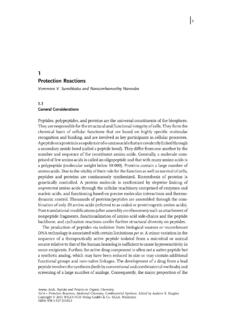



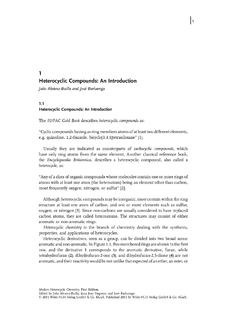


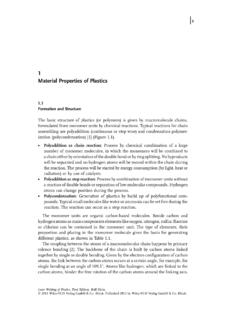


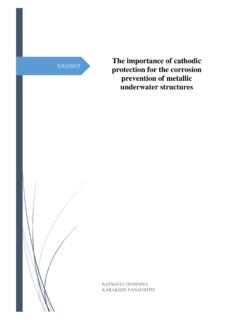

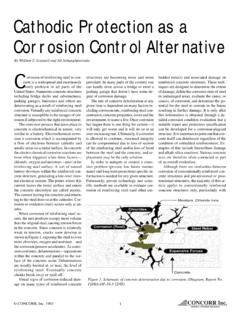
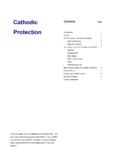
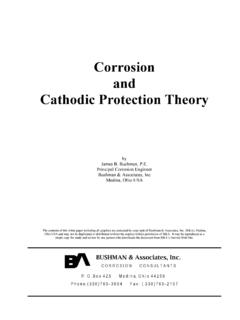



![Corrosion Protection.ppt [Read-Only] - University of Iowa](/cache/preview/1/c/f/9/2/e/d/5/thumb-1cf92ed5cf903dbf2b6cd3a840081a01.jpg)
